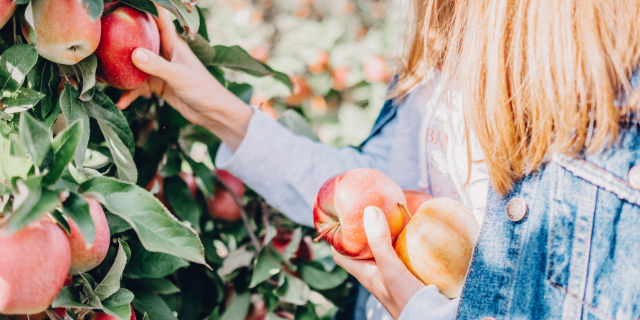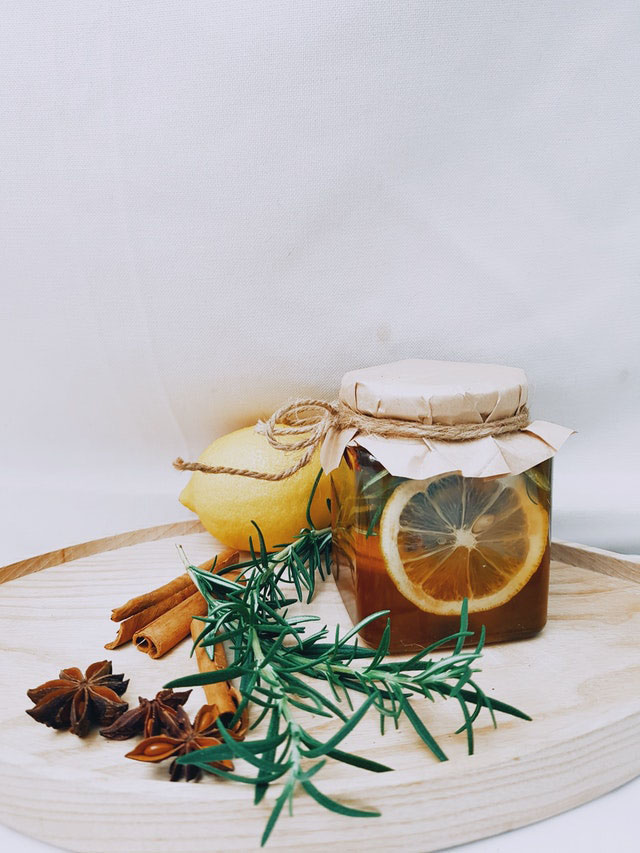In this month’s piece from the organic skincare frontline, Odylique co-founder Abi Weeds shares her view on the explosion of interest in natural and organic skincare.
She addresses what this could mean for ethical standards and
sustainability, if not managed carefully.

It’s no exaggeration to suggest that the organic and natural skincare and beauty industry is booming.
When Odylique started, our audience was considered niche; mostly those with extremely sensitive skin or strong ethical beliefs.
Now, according to a recent GWI report, the audience is far more varied and has increased hugely:
44% of UK and US beauty consumers try to buy Organic and Natural ( https://www.gwi.com/hubfs/The_Beauty_Industry.pdf)
14% insist on only vegan and organic ingredients.
For Gen X this is especially important with up to 70% seeking vegan and organic, whilst Millennials and Gen Z are keen to explore ethical standards in their beauty and skincare.
34% prefer their beauty plant-based.
This has led to average annual revenue growth in the organic beauty industry of 13% over the past decade. The UK certified organic skincare market alone is worth an estimated £220 million a year. ( https://www.statista.com/topics/4708/natural-and-organic-cosmetics-in-the-united-kingdom-uk/#topicHeader__wrapper) (https://www.hollywoodmirrors.co.uk/blogs/news/uk-beauty-industry-statistics-2022-facts-stats-and-trends )
I won’t lie, in many ways, that’s fantastic. It means that many more people are trying safer, more earth kind formulations and ingredients.
There are fewer toxins ending up in our water channels, fewer heavy metals and other unhealthy ingredients ending up in our bodies.
However, sustainable beauty becoming mainstream does pose problems to those of us keen to keep it…sustainable. Against the backdrop of a climate crisis, the big brands keen to cash in, and small brands alike, need to start addressing issues with ingredients, human resource and production processes.
Ingredient Sourcing Problems:
If mass growth is to occur, high-volume beauty brands will change the dynamics of the ingredients market. In isolated cases, this has occurred already, with large companies scooping up entire harvests or production runs.
The risks:
- Shortages throttle innovation - small, indie brands can’t get the ingredients they need. Innovation by these challenger brands is throttled. And if, like us, a brand is Soil Association certified , there are strict standards dictating what we can and cannot use which makes supply chain problems even harder.
- Ecocide of overproduction - what would otherwise be a planet-friendly product turns into an environmental nightmare (the scandals over the production of almonds for almond milk, and avocado, have highlighted what sudden ‘health trends’ can do to regional diversity in farming). See also our article on damage to birds by intensive olive oil farming.
- Shortages push up carbon footprint - and solving those shortages by sourcing from greater distances increases the carbon footprint of beauty products.
The answers:
- Commit to and invest in long-term relationships with ethical farmers who understand their region's biodiversity. Chances are this may have a cost impact but, that’s always been a difference between true ‘organic’ and greenwashed ‘natural’ brands.
- Lobby government - we need to ensure local agriculture standards don’t slip, damaging biodiversity, especially after Brexit. Our bee populations are particularly in need of support.
- Use palm oil sensibly. This means not only means responsibly sourced palm oil but also only use it only where necessary. Stop using it in soap production - where other, more local oils can be used.
- Stop looking in the depths of the planet (e.g. Amazonian rainforests) for the latest wonder ingredient to nuance a product. This robs indigenous populations of their riches as they rarely benefit from it. (The exception being projects supported by Phytotrade Africa which seeks commitments to local economic prosperity via Access and Benefit sharing.)
- Use upcycled ingredients - turning waste products from the food industry into cosmetic ingredients. This has been happening for years in producing citrus essential oils as a bi-product of fruit juice, but there are huge other possibilities.
- Develop water-free formulations - they’re not the answer for every cosmetic product, but powders, solid bars and soaps are a great way of reducing carbon footprint from liquid transportation.
People Challenges
There’s always a risk that with high demand comes high costs to people. And as cost pressures grow, could we be facing the cosmetic equivalent of sweatshops?
I believe that people need to be paid a fair wage – it’s why we source certified Fairtrade ingredients wherever relevant and available (e.g. our sugar). By supporting independent farmers to work to high standards with fair pricing, we can manage to ensure that our products are sustainable for everyone.
Companies should be investing in people at every level – there’s nothing beautiful about a product created by staff on a pittance.
Solutions: Brands should be more transparent about pay, both at home and further down the supply chain. Manufacturing in the main country of consumption should be considered. - Both as a way to cut down on the transport footprint of finished goods and to avoid exploitation of workers in low wage countries for the benefit of first world consumers.

Production Concerns
There are plenty of hidden polluting processes in making cosmetic products. For example, too many products sold as ‘natural’ contain ingredients that are made using ethoxylation (sodium or ammonium laureth sulphates are an example).
Another of the beauty industry’s guiltiest secrets is packaging. Skincare and perfume brands often hugely over package to achieve that luxury ‘treat’ feel.
For sure, many beauty brands like us are exploring alternatives to overpackaging and to plastic packaging. But there are no straightforward answers.
Glass isn’t the magic bullet. Hygienically cleaning glass packaging uses energy, and recycling glass is more energy intensive than recycling plastic. Aluminium has some merit, but also limitations.
As the industry grows, we need to continue to explore materials and processes that don’t require huge volumes of energy to create, won’t end up in landfill, but aren’t just ‘nice feeling alternatives with no value’ (think of McDonalds straws – a terrible user experience and allegedly less recyclable than the old plastic ones were).
Solutions:
Brands should be using natural ingredients from eco-friendly processes like distillation, pressing, fermentation or CO2 extraction.
Much stricter regulation of ‘natural’ cosmetics would also help, so that polluting ingredients aren’t allowed in products marketed as ‘natural’.
The industry must focus on innovation in packaging.
Brands and consumers need to work together to keep unnecessary waste out of landfill. Plastic capture schemes specific to the beauty industry are a good sign of progress.
We need to be intelligent about refills – no beauty parades of plastic refill pouches that are as damaging as the plastic containers they are intended to replace.
We should look to formulations that don’t need excessive heat (or preferably are cold-process), to reduce energy consumption.
And finally, the beauty industry should be powered on renewable energy. There are few excuses for adding to our energy crisis.
NO beauty brand alone can make this work, it’s going to be the job of the industry to make it happen, alongside an engaged customer base. That’s why we’re so passionate at Odylique about our customer advocacy.
Intelligent, informed customers keep us on the right track to offering organic skincare alternatives that continue to deliver without compromising the environment as we grow into a successful future.

